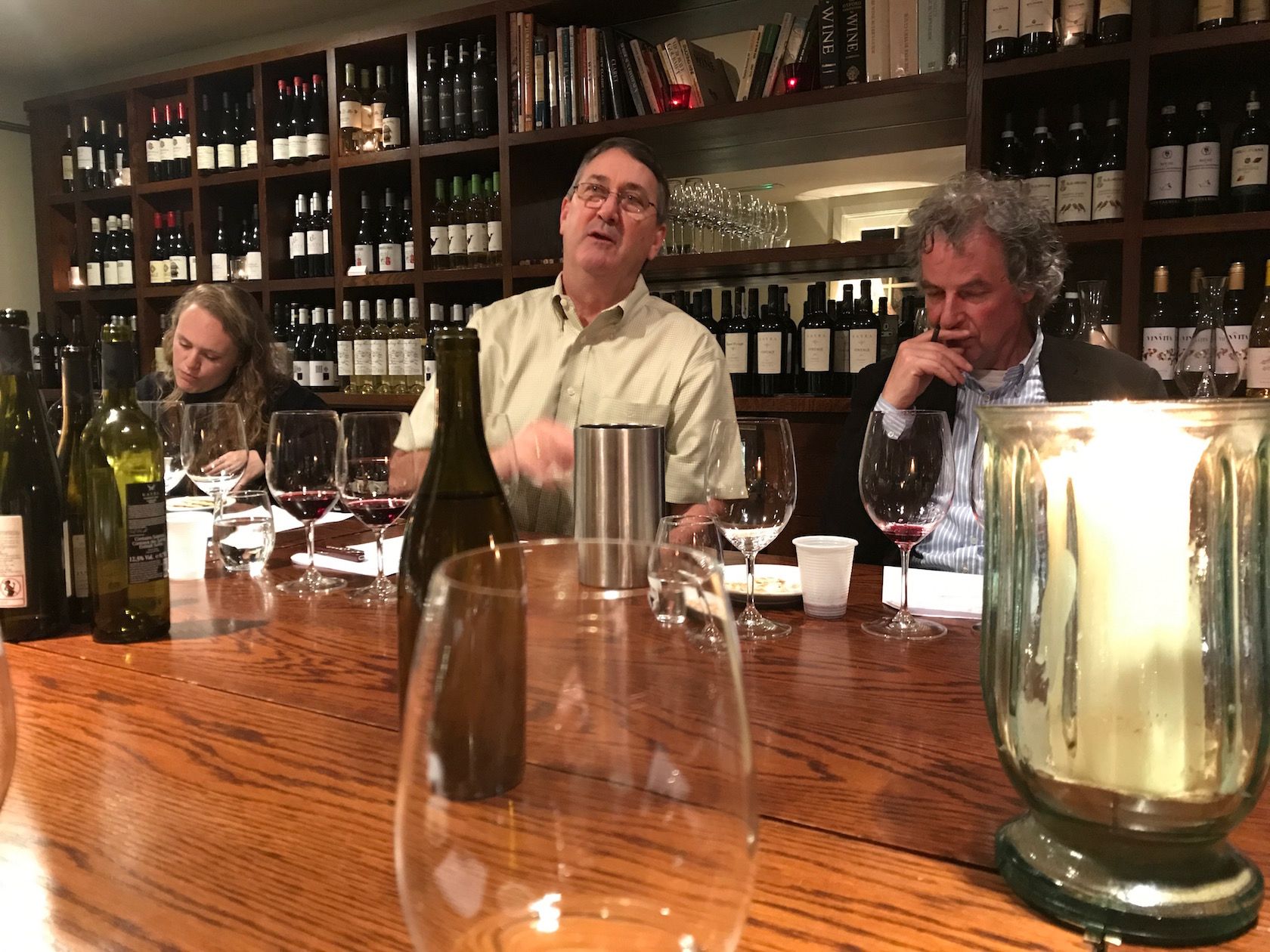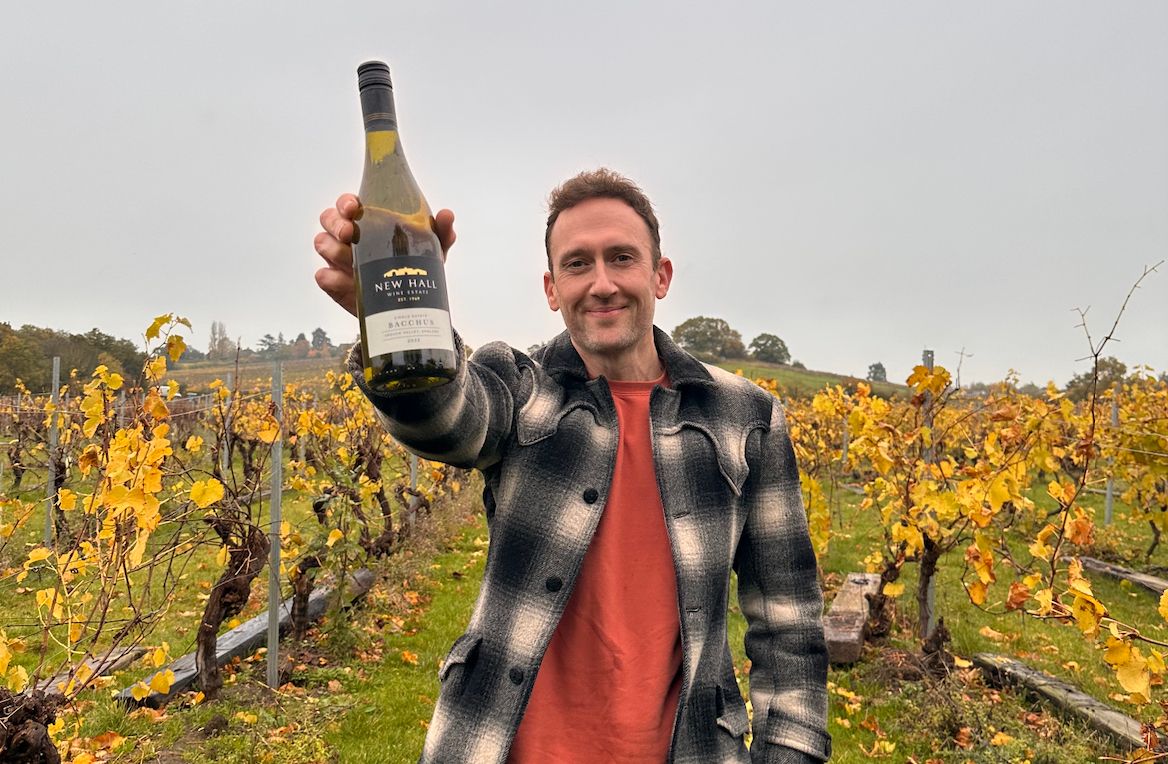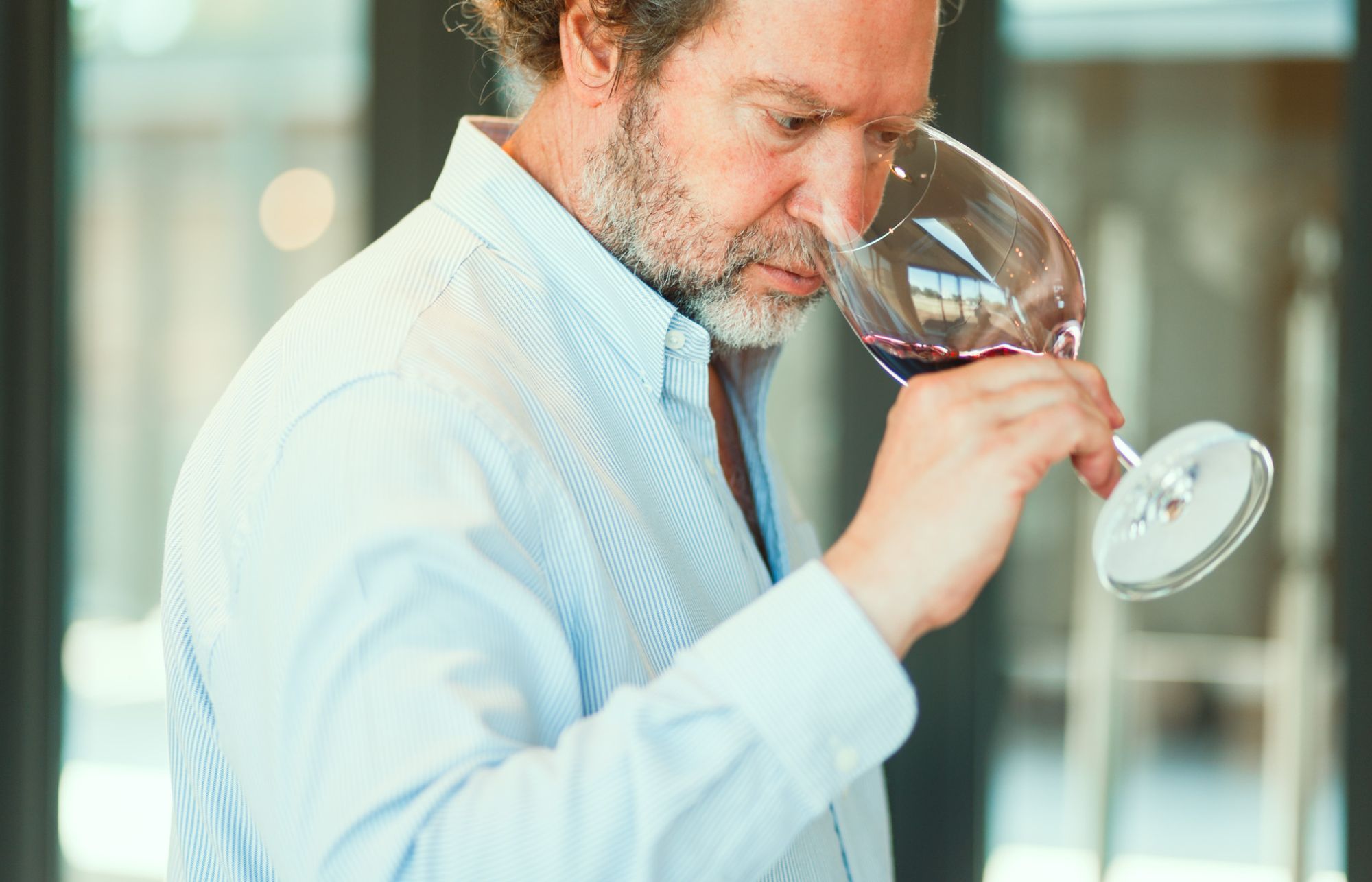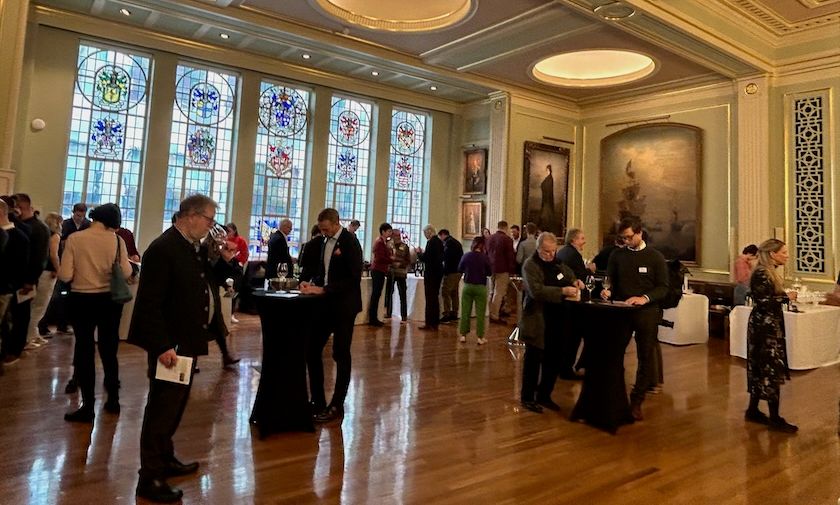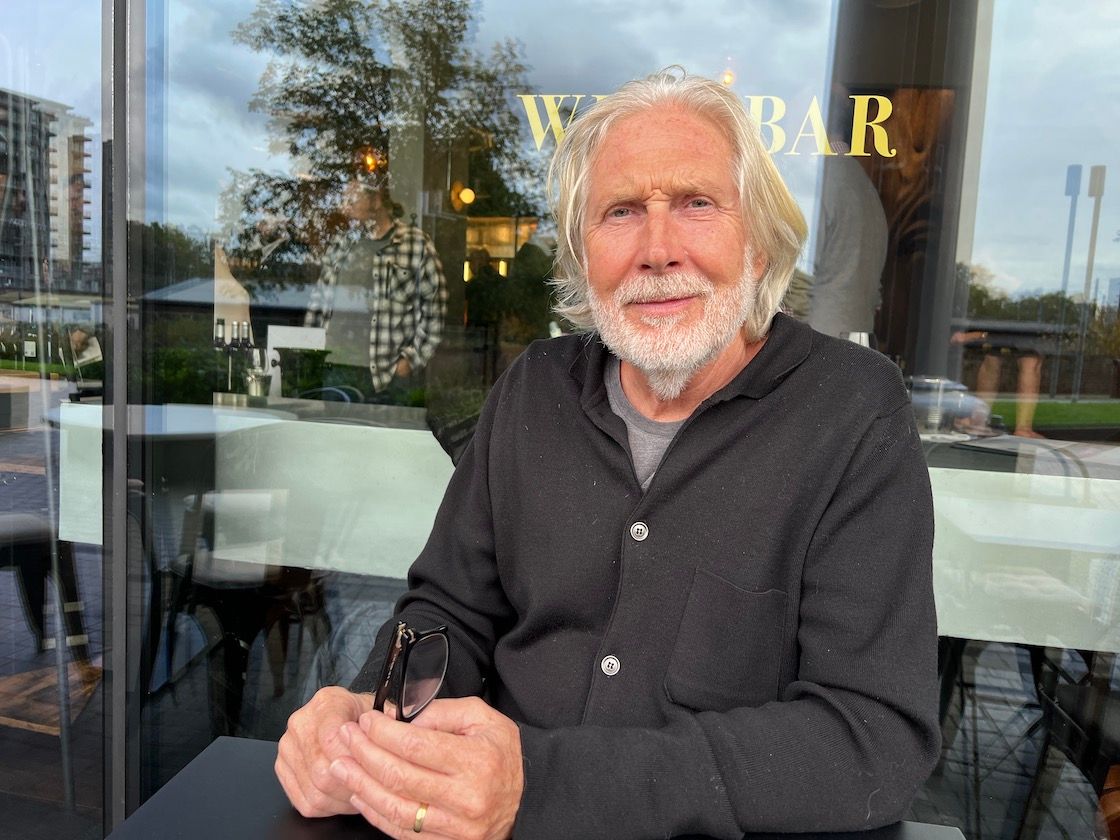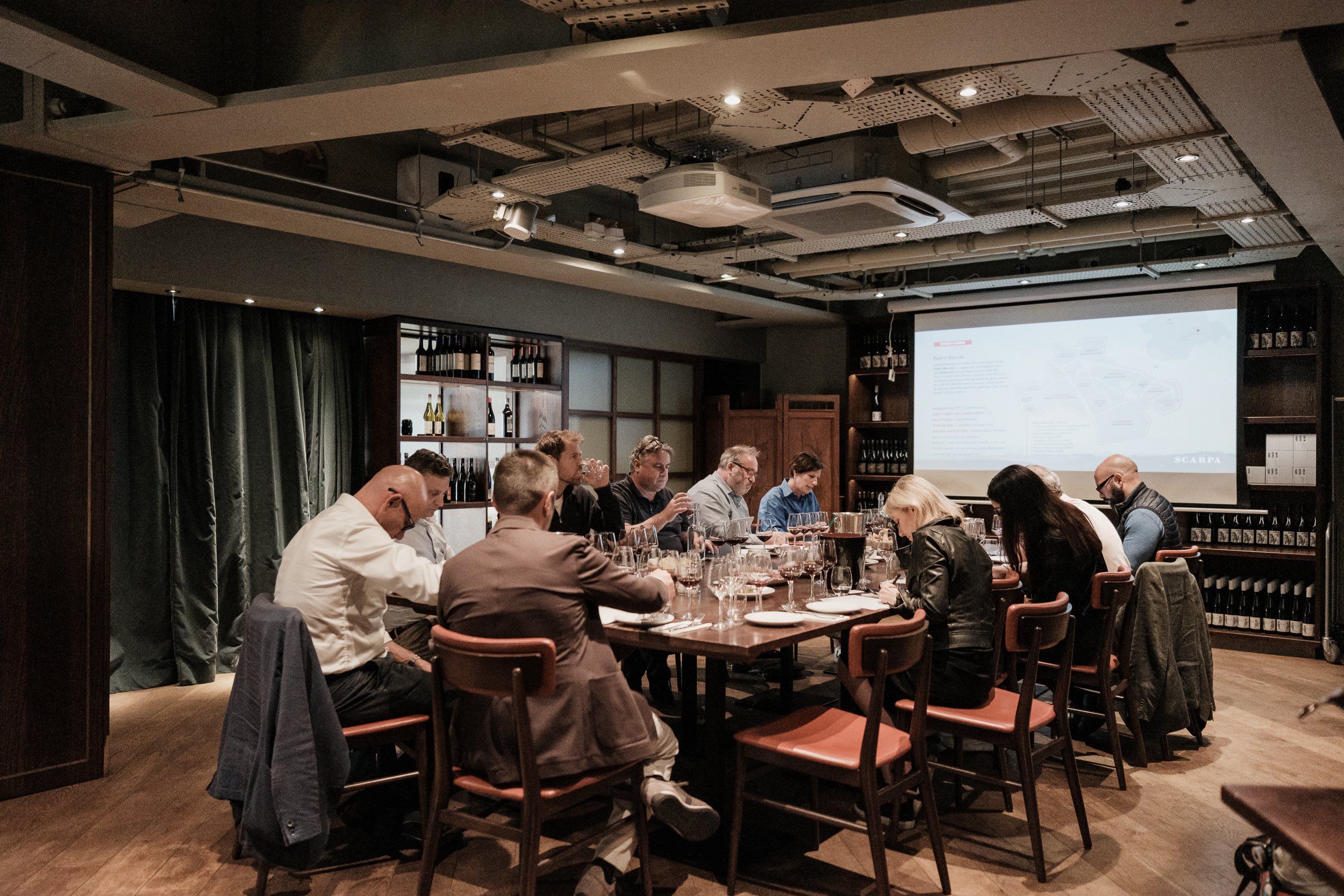It was a tasting note Jancis Robinson made eight years ago about the ageing potential of these wines that prompted this tasting, says O’Donnell.
It’s rare to get a winemaker to start a vertical tasting of their wines with the phrase “I wanted to try some older vintages to see if they’re shit or not… not to show off.”
It’s rarer still to find a winemaker as disarmingly honest and frank as Daniel O’Donnell. This Napa-based consultant oenologist comes across as a man with nothing left to prove. For the past 12 years he has been like a lone sheriff in the Wild West – making wine for Kayra in Muslim Turkey where seemingly every obstacle is thrown his way.
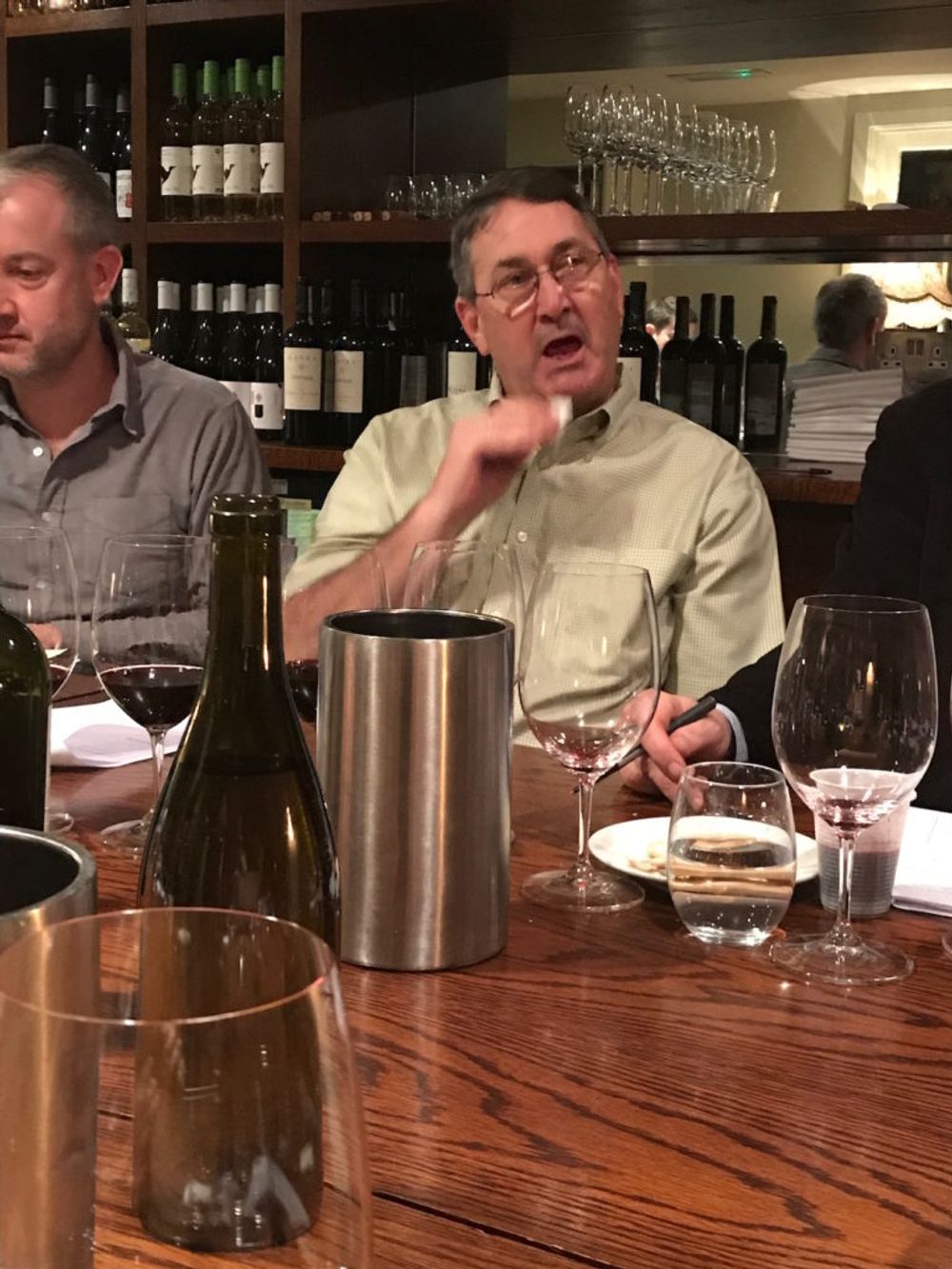
Daniel O’Donnell, chief winemaker, Kayra
“Growing grapes in Eastern Turkey is like trying to grow grapes on Mars – it’s great if you want to grow sheep or rocks.”
His numerous anecdotes include when grape suppliers have drawn guns on him and said “You are going to buy my grapes or I’m going to shoot you.”
O’Donnell has headed and built up the winemaking team at Kayra “from nothing” in the years since the producer was privatised out of state-owned entity Tekel in 2005, becoming part of the Mey İçki group and the only wine producer in the Diageo group.
O’Donnell admits that some of the wine when he took over tasted like “shit in a bottle” – some 16 million litres were either dumped or sold to Russia.
Without repeating any of the excellent insight about the difficulties of making world class wines in modern day Turkey that Justin Keay wrote for The Buyer when he visited Kayra, which you can read here, O’Donnell was in London for a back vintage tasting that stemmed from a Jancis Robinson tasting note.

“The whole idea for this tasting came from flipping through some old notes that Jancis wrote about eight or so years ago about the potential ageability of these wines. Her thoughts have been echoed by other writers since.”
“That little touch of grey really has made a world of difference. I thought some of the writers who have tasted our wines in the past would like to join an old dirt farmer to see how his wines are keeping up with greying hair. According to my beautiful wife, they’re ageing much better than I am!”
“I’ve selected a few bottles from the cellar that are showing the integration and spirit that comes with a long nap of several years. Those special layers of spice are just getting started now, and in some ways these wines are much more than I could have imagined.”
The wines that O’Donnell had brought for tasting were primarily one new and one old vintage of :
- Kayra Buzbağ Rezerv
- Vintage Boğazkere
- Vintage Cabernet Sauvignon
- Vintage Öküzgözü
- Imperial Öküzgözü
- Vintage Syrah
He had also brought along a Chardonnay (“just for fun”) Viognier and Narince.
A couple of interesting aspects of the tasting was that often the more recent vintages were showing better than the older, and also how the indigenous varieties were way more interesting than the international varieties with the exception being the Syrah which was first class.
Kayra Buzbağ Rezerv, 2006
Kayra makes one million litres of Buzbağ every year and O’Donnell confesses to being terrified of ‘cleaning it up’ and playing with people’s expectations. 2006 was the first vintage he had complete control over and the nature of the blend is the key thing, especially when it comes to how much Boaskatey is in the finished wine. “This scratches your throat it’s a gorrilla of a tannin producer, like a drunken alcoholic hangover.” Tasting notes: Deep blood red, vibrant nose of sun-dried herbs, slightly Nebbiolo?; on the palate it tastes rustic, with massive acidity and tanin, mouth-puckering grapefruit acidity, sandy texture that demands food. Dark, broody and exciting. The 2016 was more refined, a touch more generic – more rounded, smoother, fresher, cooler.

Vintage Boğazkere, 2014
Of Boğazkere, O’Donnell says this grape is “Charming in the way a bear is charming.” He describes it as “being kicked in the teeth by a mule” and it can “scratch your throat like eating sacking or wire wool.” The 2009 vintage had a dry, powdery, tannic finish with notes of olives, soy, licorice, coffee with a slight bretty quality to the wine. I much preferred the 2014. Tasting notes: Deep purple with lighter edges; terrific, complex, enticing nose with delicious aromas of red fruit (mulberry); the palate had full flavours of meat juices, dried cherries with a slight eucalyptus note, the wine was way smoother and had better integrated tannins but hadn’t lost its originality or power.
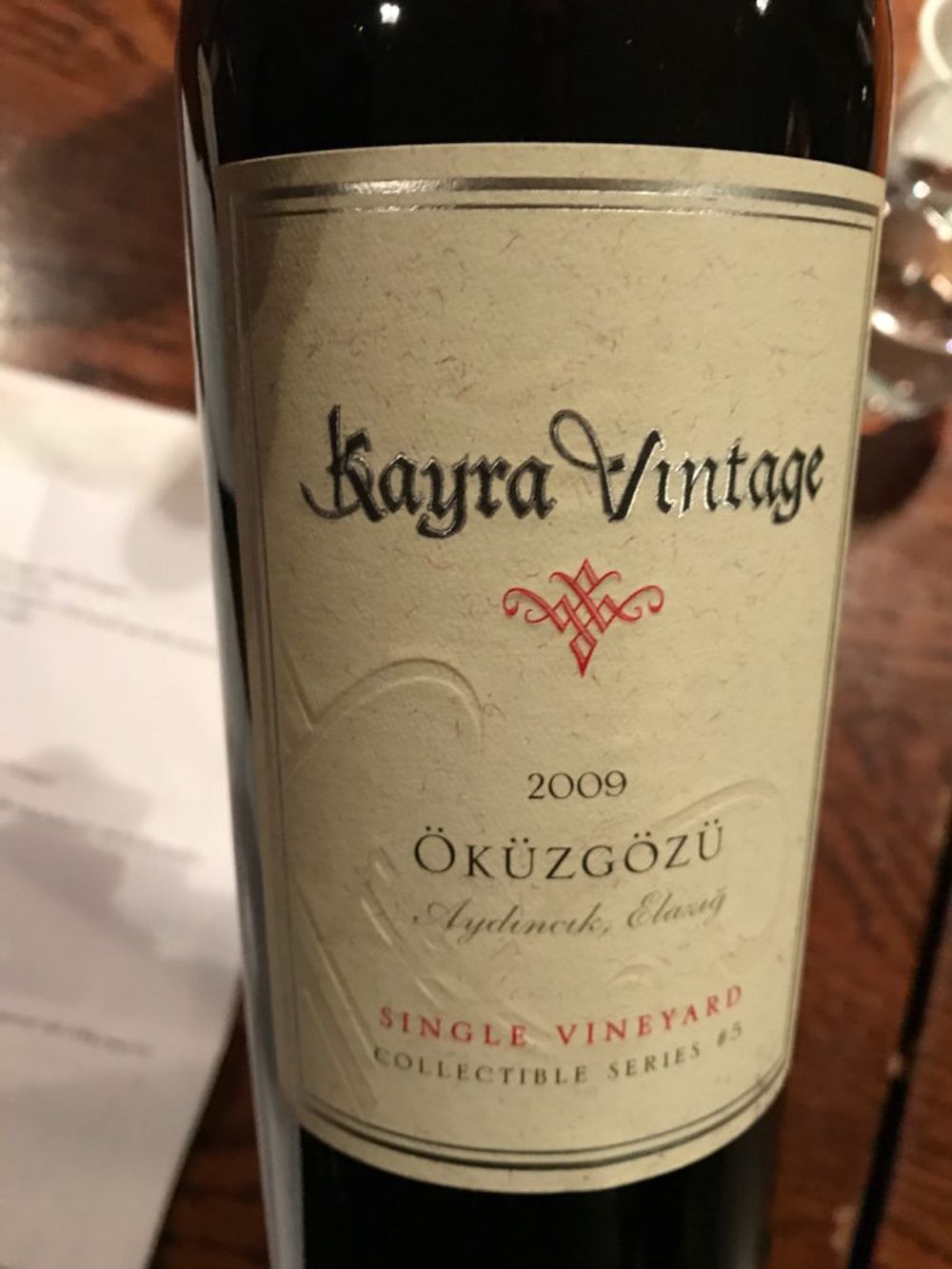
Vintage Öküzgözü, 2009
O’Donnell says of Öküzgözü, an indigenous grape variety from the Elazig region of Anatolia in Turkey: “Never before have I been so enchanted and excited by a single grape than I am by Öküzgözü.” Anatolia is pretty much the birthplace of wine and Öküzgözü is seriously old – the vines look prehistoric. Tasting notes: A wine that deepens its spicy, savoury character with age and becomes more profound. This wine is wonderfully spicy; sweet, ripe black fruits; tannins beautifully integrated, rustic, fresh and chewy – in a good way. Concentrated and structured but well balanced.

Versus Alpagut Öküzgözü, 2014
The wine is a low intervention 100% Oküzgözü aged for 19 months in a mix of oaks. O’Donnel says that he hasn’t been totally happy with Versus until this vintage. Tasting notes: Nose and palate are complex – fruit-forward with black fruit, rhubarb, red berries and nuts. Bracing acidity and balanced tannins stop this 14.5% powerhouse from becoming a super-concentrated beast.
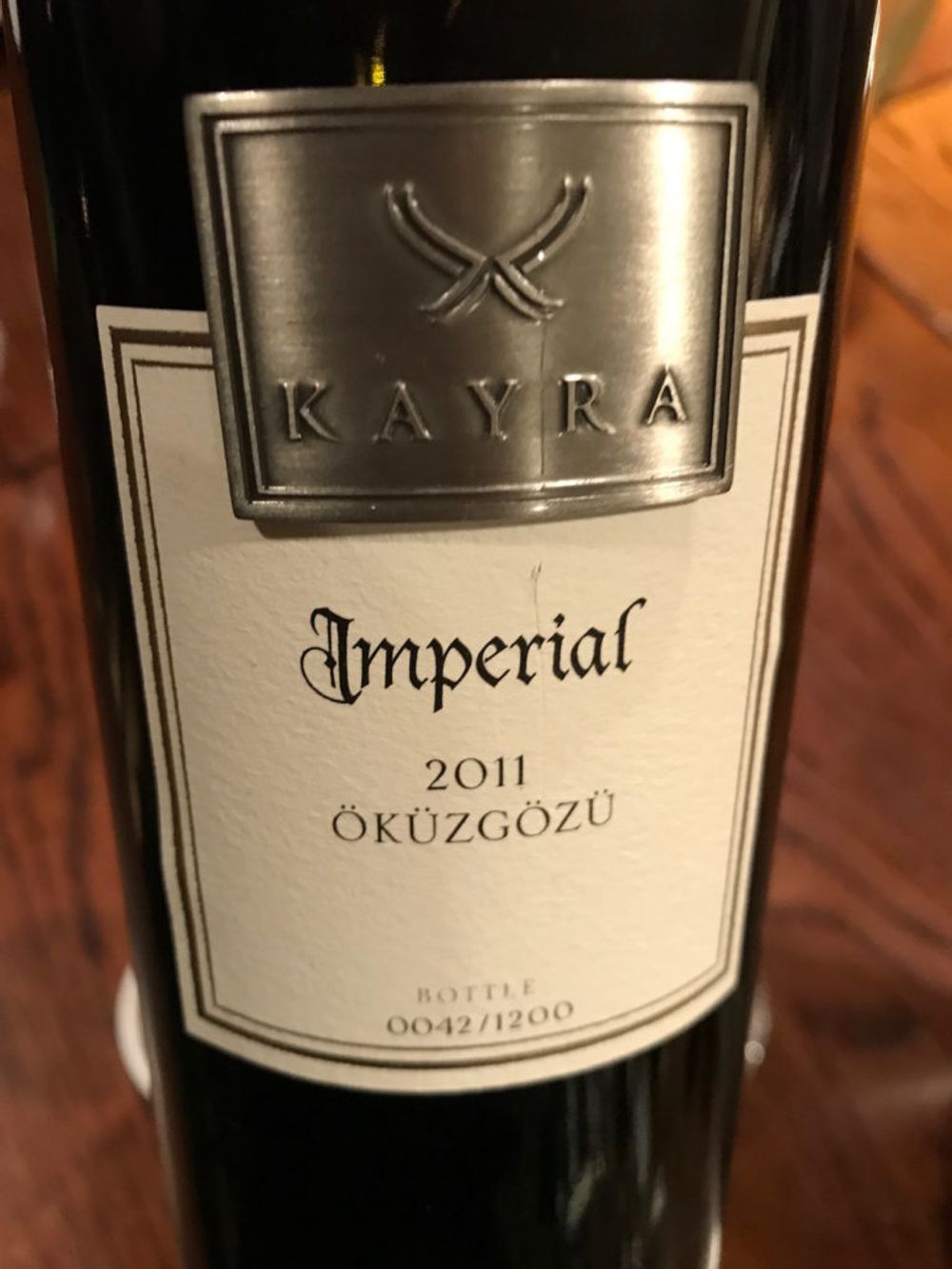
Imperial Öküzgözü, 2011
Calling this wine Imperial and having a metal plate that resembles a belt buckle on the front label, O’Donnell describes as “a fucked-up marketing thing,” ie. A way of making the wine seem Premium. He’s right it doesn’t need that label, this is seriously good, it is single-site to really show up its unique terroir. Tasting notes: Fresh, bright red cherry fruit; a hint of orange peel acidity, and just-present wood; firm tannins, a little bit of fresh putty on the nose. Fruit-driven but with great poise and balance. Seriously good.
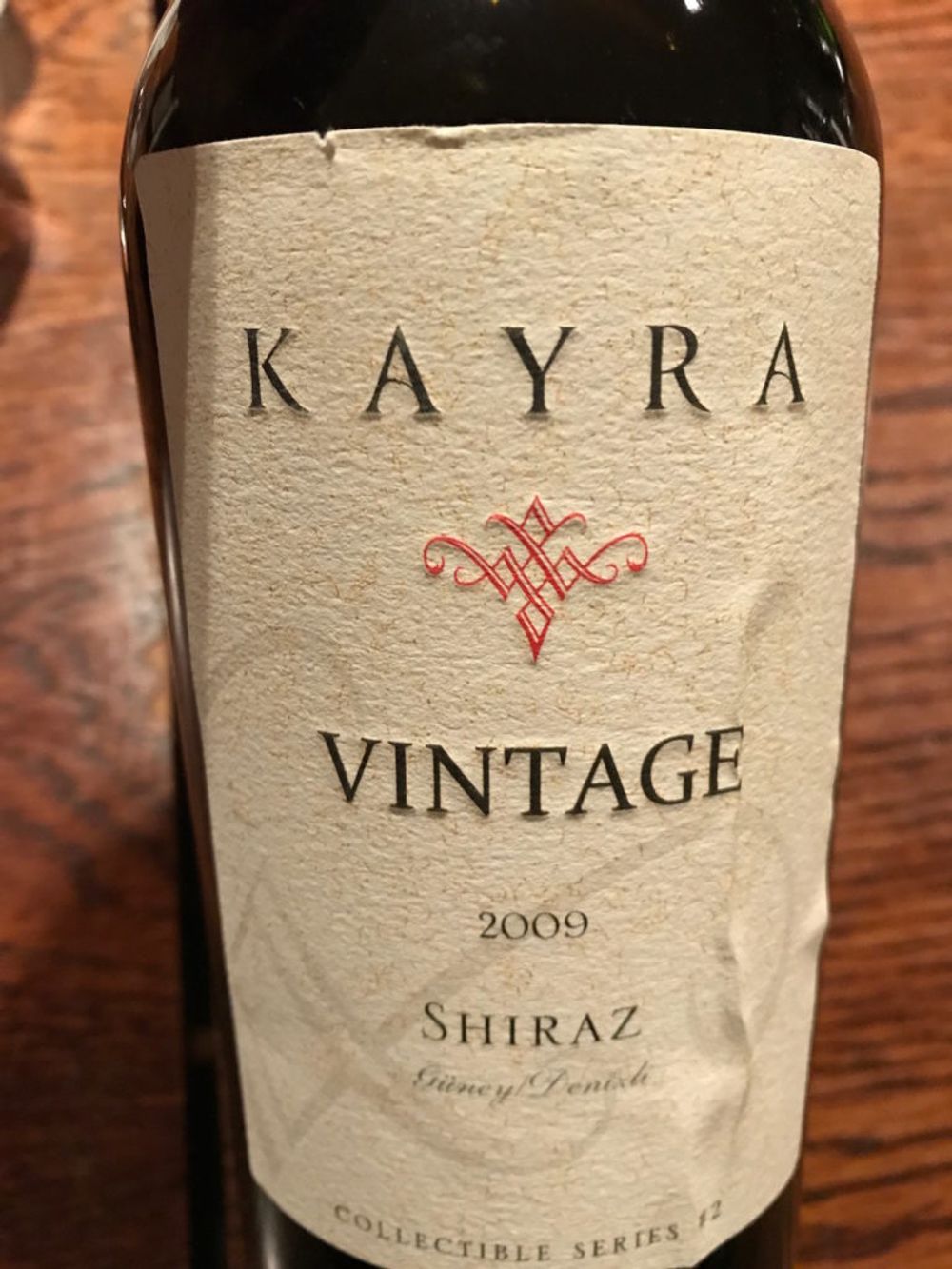
Vintage Shiraz, 2009
Tasting notes: Clearly Syrah on the nose – black fruit and pepper; palate is simply delicious – black fruits, rich but fresh at the same time, nicely integrated tannins, good rasp mid-palate, terrific texture.
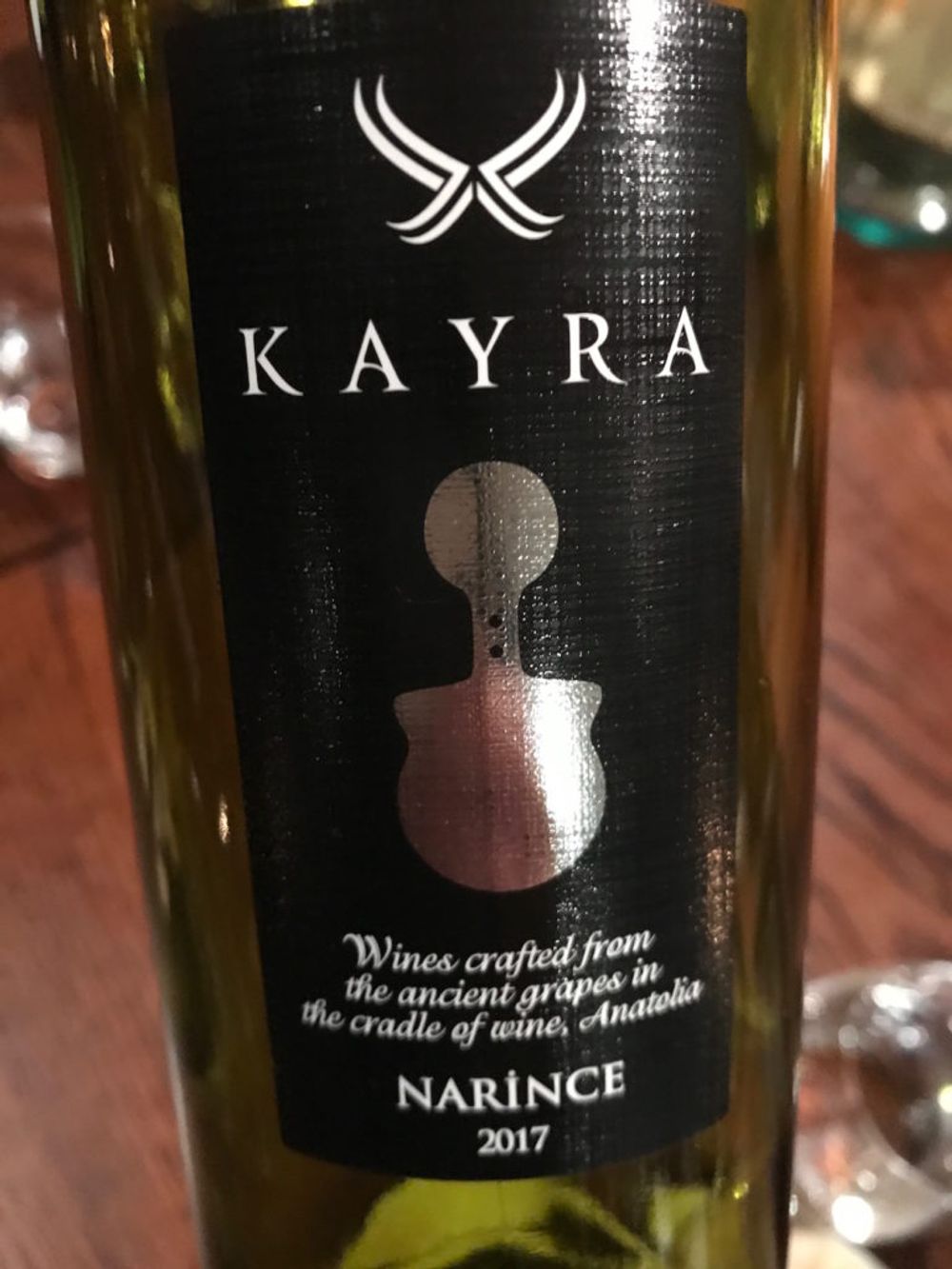
Narince, 2017
The leaves from this grape are used for dolmus (a stuffed vine leaves dish) which exposes too much of the grape bunches so Kayra pays people to only pick the leaves they want picked. O’Donnell says he has been experimenting a great deal with this wine – picking only when there is 1cm of the stalk turned brown. “We want a bit of greenness to get some acidity otherwise it’s clumsy, like me, fat and stupid.” Tasting notes: Floral nose, fresh herbs; on the palate: green apple, stone fruit, quite light in mouth and then a long, textured finish with a slight greeness like green orange skin. Different and very tasty.
